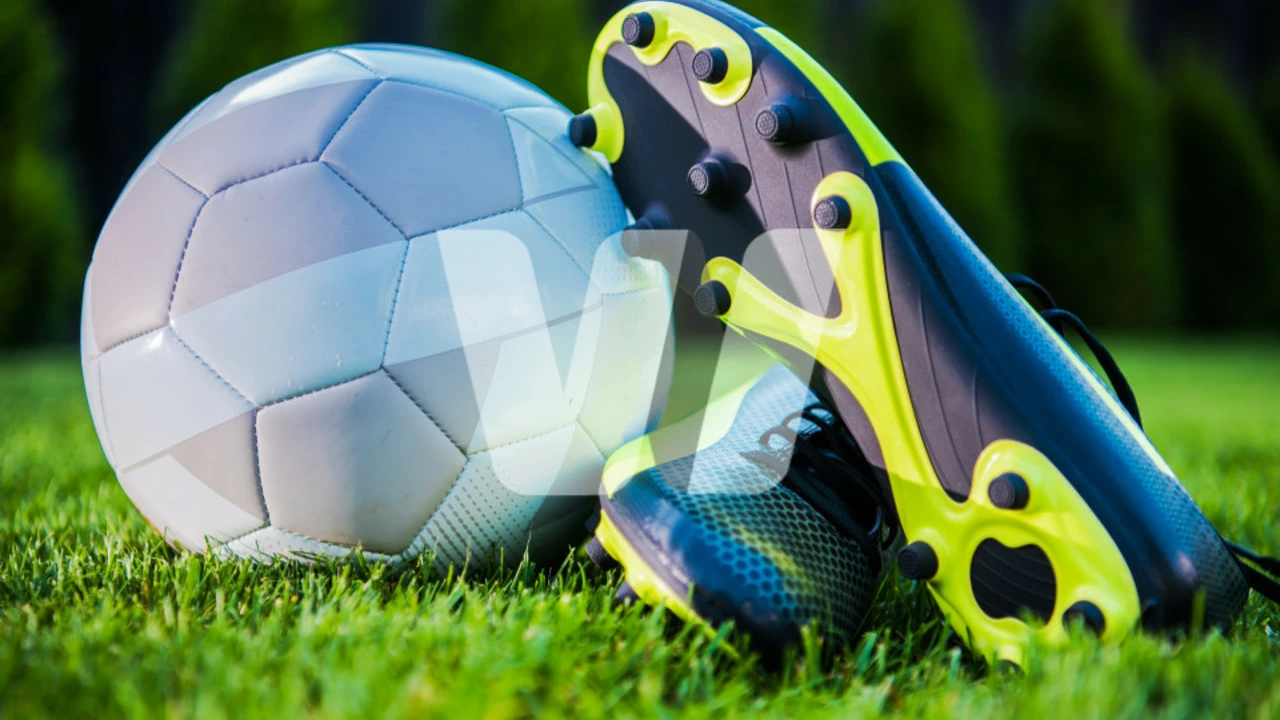Soccer Cleats: Your Ultimate Buying Guide
When talking about soccer cleats, specialized shoes made for playing football on grass, turf, or indoor surfaces. Also known as football boots, they are the core of soccer gear, all the equipment a player needs on the pitch and rely heavily on grip technology, the stud patterns and sole designs that create traction. If you’re hunting for the best soccer cleats, you’ll first need to know what makes a pair perform, feel good and last long.
Cleats come in four main categories: firm‑ground (FG), soft‑ground (SG), artificial‑turf (AG) and indoor (IN). FG studs are medium‑length and work on standard grass fields, while SG shoes feature longer, often metal‑tipped studs for muddy pitches. AG models have many small rubber studs that spread pressure evenly on synthetic surfaces, and indoor shoes use a flat, non‑marked sole for hard courts. Knowing the surface you play on is the first step because soccer cleats provide traction only when the stud pattern matches the ground.
Fit is the second pillar of a good pair. A cleat that’s too tight will pinch the toes and limit quick changes of direction; too loose and the foot slides inside, reducing control. Most brands offer half‑size options and wide fits for players with broader feet. When you try them on, make sure there’s a thumb’s width of space between your longest toe and the front edge. A snug heel lock is essential – it keeps the foot stable during sprints and prevents blisters.
Price often drives choice, especially for beginners. The market has solid options under $50 that still deliver decent grip and durability. For example, the Adidas Copa Mundial and Puma King are praised for their leather durability and classic look, while the Nike Mercurial Victory offers a synthetic upper that molds to the foot. These “cheap soccer cleats” aren’t just budget buys; they’re reliable for weekly training and occasional matches. If you can stretch a bit more, premium models add lightweight materials, advanced stud geometry, and enhanced breathability, but the performance gap narrows as you move up the price ladder.
Stud design is where grip technology influences performance. Modern cleats use interchangeable stud systems, allowing you to swap out lengths based on weather. Some brands incorporate conical studs that rotate under pressure, offering multi‑directional traction, while others stick with blade‑style studs that cut into soft ground. The material of the studs—plastic, rubber, or metal—also affects how quickly you can accelerate and stop. Understanding these nuances helps you choose a pair that maximizes speed without sacrificing safety.
Maintenance keeps your cleats working, and it’s simpler than most think. After each session, brush off mud, rinse the soles, and let them air‑dry away from direct heat. Leather uppers benefit from a light leather conditioner to stay supple; synthetic uppers just need a quick wipe. Regularly checking stud wear prevents slipping, especially on wet surfaces. A well‑maintained pair will keep its grip longer, saving you money in the long run.
Now that you’ve got the basics—surface types, fit, price tiers, stud tech, and care—take a look at the collection below. You’ll find deep dives into cheap options, expert tips on choosing the right studs, and insight into how professional players pick their boots. Whatever your level, the articles ahead will help you pick the perfect pair and keep them performing match after match.

Can you use soccer cleats for baseball infielders?
So, you're wondering if your soccer cleats can play double duty and be your secret weapon on the baseball diamond too, huh? Well, it's time to kick off the suspense! Technically, yes, you could use soccer cleats for baseball. But, let's not slide into decisions too quickly. Baseball requires specific cleats for the quick lateral movements, while soccer cleats are designed for running. So, while you could use them, just remember you might not be stealing bases quite as smoothly. Now, isn't that a kick in the grass?